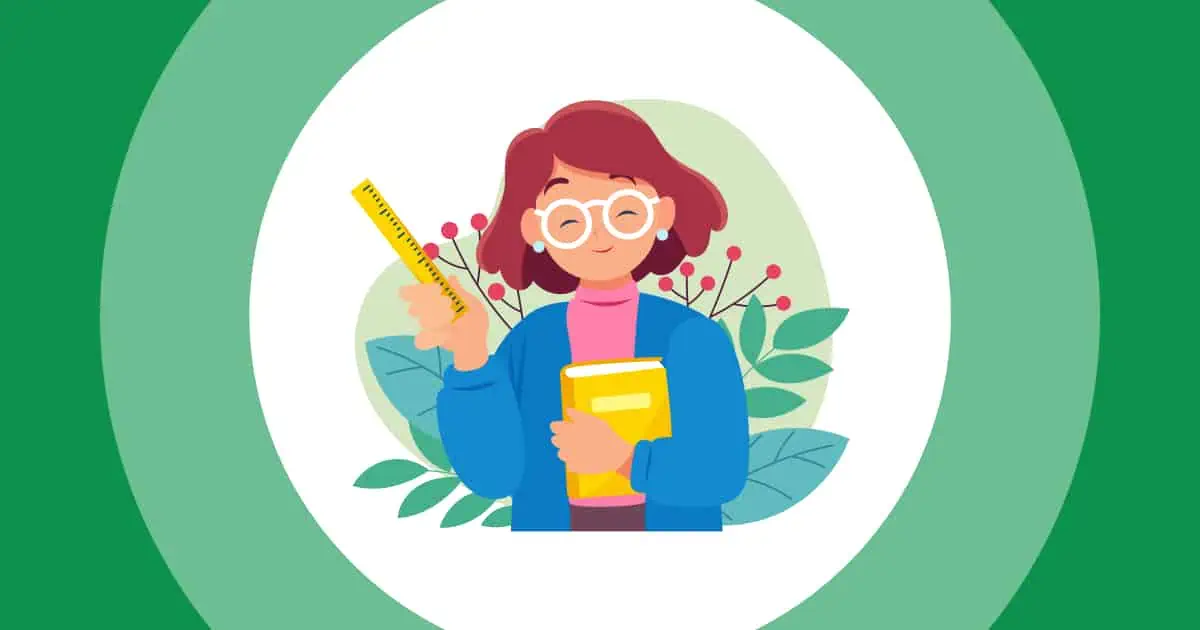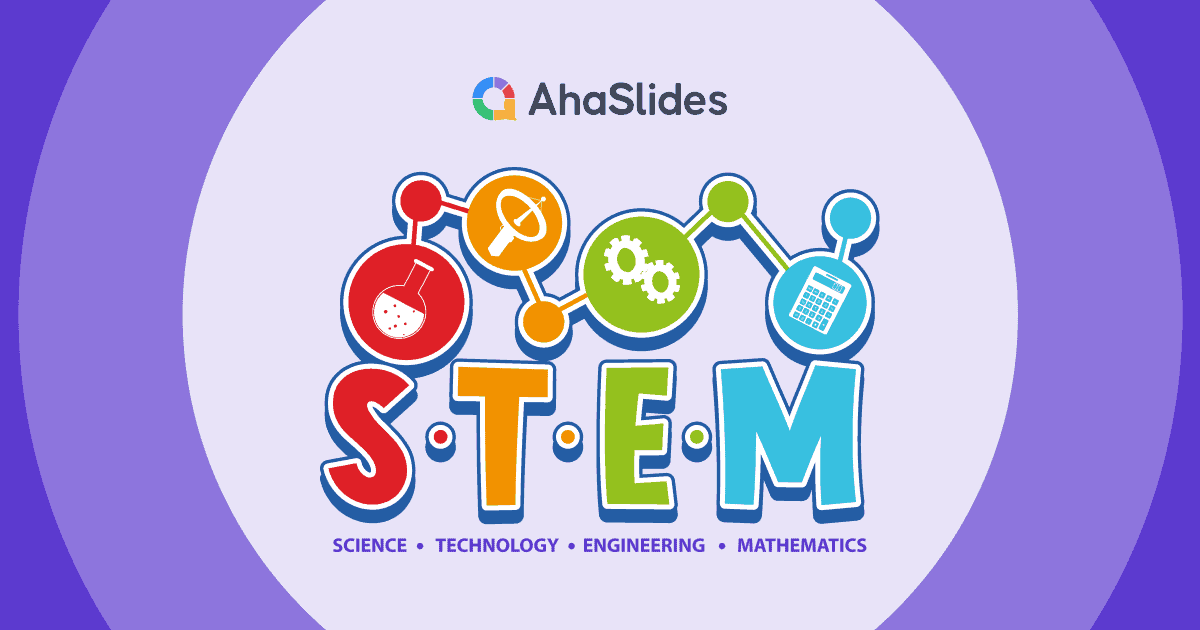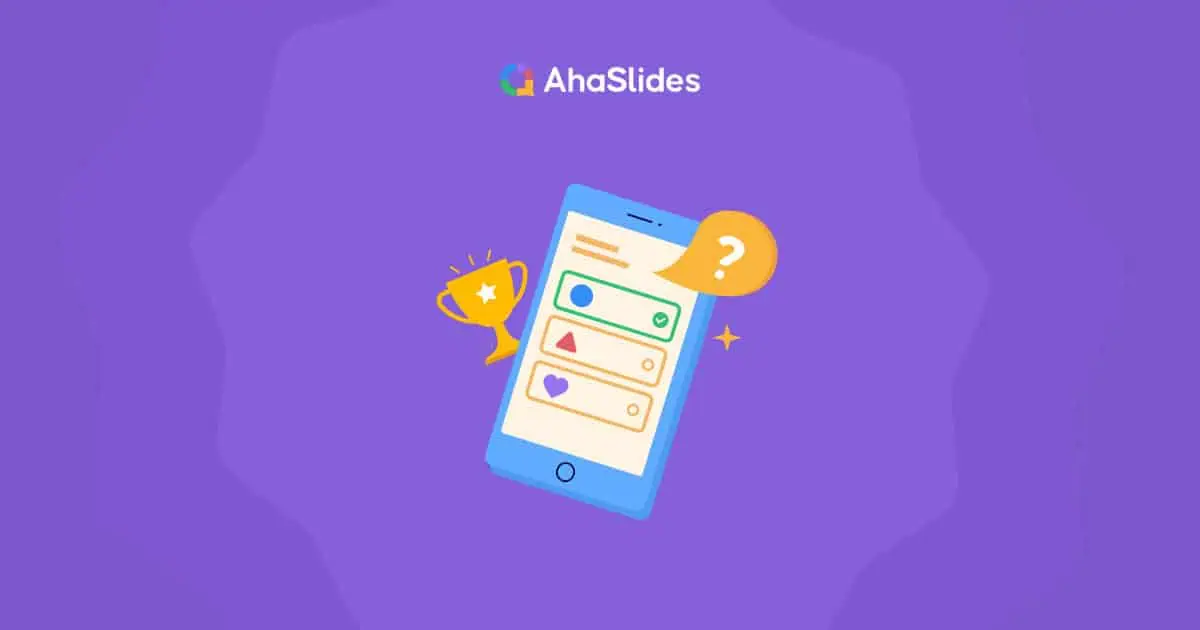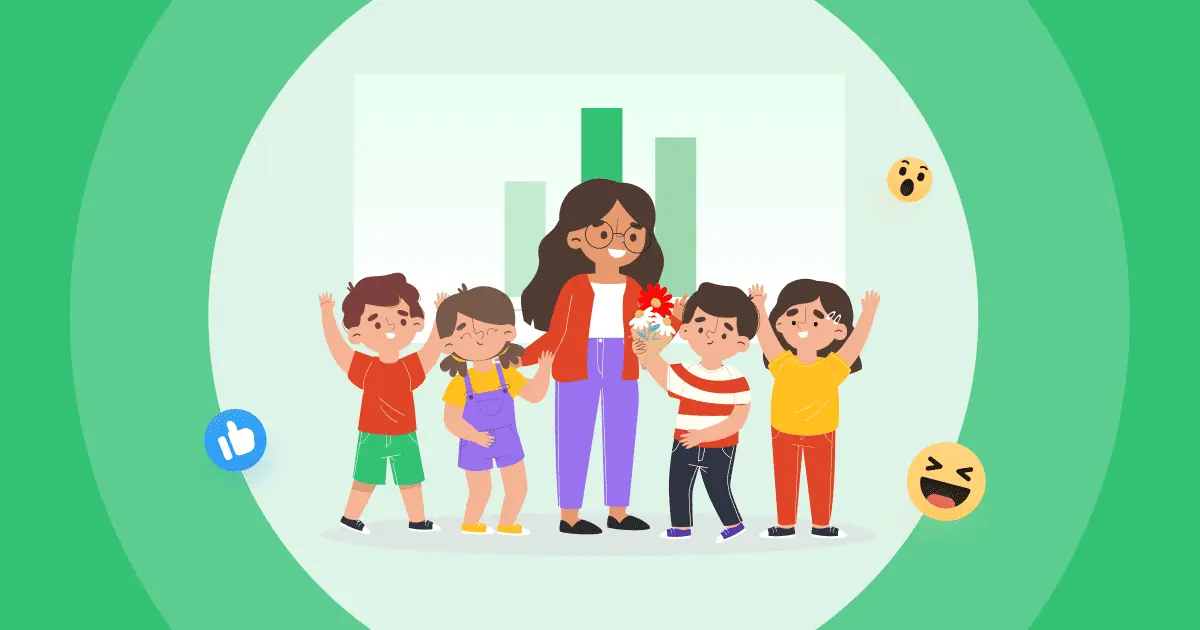In the bustling world of education, where every student is unique and every classroom dynamic is different, one teaching approach stands out as a beacon of effectiveness – cooperative learning. Picture a classroom where students work together, share ideas, and help each other succeed. It's not just a dream; it's a proven strategy that can transform your classroom management game.
In this blog post, we'll dive into the world of cooperative learning. We'll explore what it is, its incredible benefits, the difference between cooperative and collaborative learning, and 14 practical cooperative learning strategies you can start using today to make your classroom a place where cooperation reigns supreme.
Table Of Contents
- What Is Cooperative Learning?
- Benefits Of Cooperative Learning
- Difference Between Collaborative And Cooperative Learning
- Key Characteristics Of Cooperative Learning
- 14 Practical Cooperative Learning Strategies
- Key Takeaways
- Frequently Asked Questions
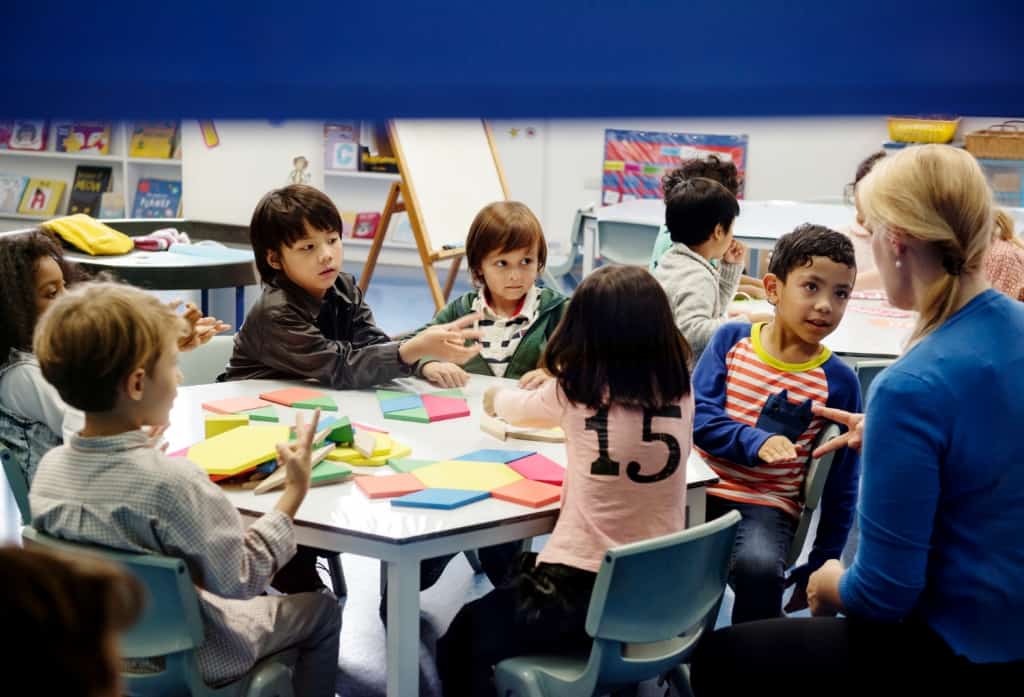
Tips for Better Engagement

Sign up for Free Edu Account Today!.
Get any of the below examples as templates. Sign up for free and take what you want from the template library!
Get those for free
What Is Cooperative Learning?
Cooperative learning is an educational approach when students work together in small groups or teams to achieve a common goal or complete a specific task. It's different from traditional teaching methods that primarily focus on individual learning and competition.
In cooperative learning, students work together, talk to each other, and help each other learn. They think that by doing this, they can understand and remember what they're learning even better.
Benefits Of Cooperative Learning
Cooperative learning offers a wide range of benefits for both students and educators. Here are the 5 main benefits:
- Improve Educational Outcomes: When students work together, they can explain concepts to each other, fill in knowledge gaps, and provide diverse perspectives, resulting in better comprehension and retention of the material.
- Better Social Skills: Working in groups helps students learn how to talk to others, listen well, and solve problems when they don't agree. These skills are not only valuable in the classroom but also in future careers and daily life.
- Increase Motivation and Engagement: Students are often more motivated and engaged when they work in teams. Knowing that their ideas matter to the group makes them want to participate more and enjoy learning.
- Develop Critical Thinking and Problem-Solving Skills: Cooperative learning requires students to analyze information and solve problems collectively. This helps them become better at thinking critically and handling tough issues.
- Get Ready for Real-Life Teamwork: Cooperative learning mirrors real-world situations where collaboration is essential. By working in groups, students are better prepared for future careers and life scenarios that demand teamwork and cooperation.

Difference Between Collaborative And Cooperative Learning
Collaborative learning and cooperative learning are both teaching approaches that involve students working together, but they have distinct differences in terms of their goals, structures, and processes:
| Aspect | Collaborative Learning | Cooperative Learning |
| Goal | Teamwork and communication skills. | Teamwork and individual achievement. |
| Structure | Less structured, more flexible. | More structured, specific roles. |
| Individual Accountability | Focus on group outcome. | Strong focus on both group and individual performance. |
| Teacher Role | Facilitator, guiding discussions. | Actively structuring tasks and monitoring progress. |
| Examples | Group projects with shared goals. | Jigsaw activities with specific roles. |
In short, collaborative learning focuses on working together as a group and getting better at teamwork. Cooperative learning, on the other hand, cares about both the group's success and how well each person does their job, with clear roles and tasks.
Key Characteristics Of Cooperative Learning
- Positive Interdependence: In cooperative learning, students must work together to achieve their goals. This shared responsibility creates a sense of community and encourages students to be helpful and supportive.
- Face-to-Face Interaction: Students work together closely, allowing for direct communication and interaction. This promotes discussion, problem-solving, and the exchange of ideas.
- Individual Accountability: Even though they're in a group, each student is responsible for their own learning. They have to make sure they help the group and understand the material.
- Interpersonal Skills: Cooperative learning teaches students how to talk to others, work as a team, lead, and solve disagreements peacefully.
- Group Processing: After completing a task, group members reflect on their collective performance. This reflection allows them to assess what went well and what could be better in terms of how the group worked and the quality of their work.
- Teacher Facilitation: Teachers play a crucial role in cooperative learning by structuring tasks, providing guidance, and monitoring group dynamics. They create an environment where everyone collaborates and takes part.
14 Practical Cooperative Learning Strategies
Cooperative learning encompasses various activities and strategies that encourage students to work together in small groups or teams to achieve a common learning goal. Here are some popular cooperative learning strategies:
1/ Jigsaw Puzzle Activity
Divide a complex topic into smaller parts or subtopics. Assign each student or group a subtopic to research and become an "expert" on. Then, have students form new groups where each member represents a different subtopic. They share their expertise to understand the entire topic comprehensively.
2/ Think-Pair-Share
Pose a question or problem to the class. Give students a moment to think individually about their responses. Then, have them pair up with a neighbor to discuss their thoughts. Next, have pairs share their ideas with the class. This strategy encourages participation and ensures that even shy students have a chance to voice their ideas.

3/ Round Robin Brainstorming
In a circle, have students take turns sharing ideas related to a topic or question. Each student contributes one idea before passing it to the next student. This activity promotes equal participation.
4/ Peer Editing and Revision
After students write essays or reports, have them exchange their papers with a partner for editing and revision. They can provide feedback and suggestions to improve each other's work.
5/ Cooperative Storytelling
Start a story with a sentence or two, and have each student or group add to it in a round-robin fashion. The goal is to collaboratively create a unique and imaginative story.
6/ Gallery Walk
Post different pieces of student work around the classroom. Students walk around in small groups, discuss the work, and provide feedback or comments on sticky notes. This encourages peer assessment and reflection.
7/ Group Problem-Solving
Present a challenging problem that requires multiple steps to solve. Students work in groups to discuss and develop solutions together. They can then share their strategies and conclusions with the class.
8/ Numbered Heads Together
Assign each student in a group a number. Ask a question or pose a problem, and when you call a number, the student with that number must respond on behalf of the group. This encourages teamwork and ensures everyone is engaged.
9/ Cooperative Quizzes
Instead of traditional individual quizzes, have students work together in small groups to answer questions. They can discuss and debate answers before submitting a group response.
10/ Role Play or Simulation
Create scenarios related to the lesson content. Assign roles to students within each group and have them act out the scenario or engage in a simulation that requires collaboration and problem-solving.
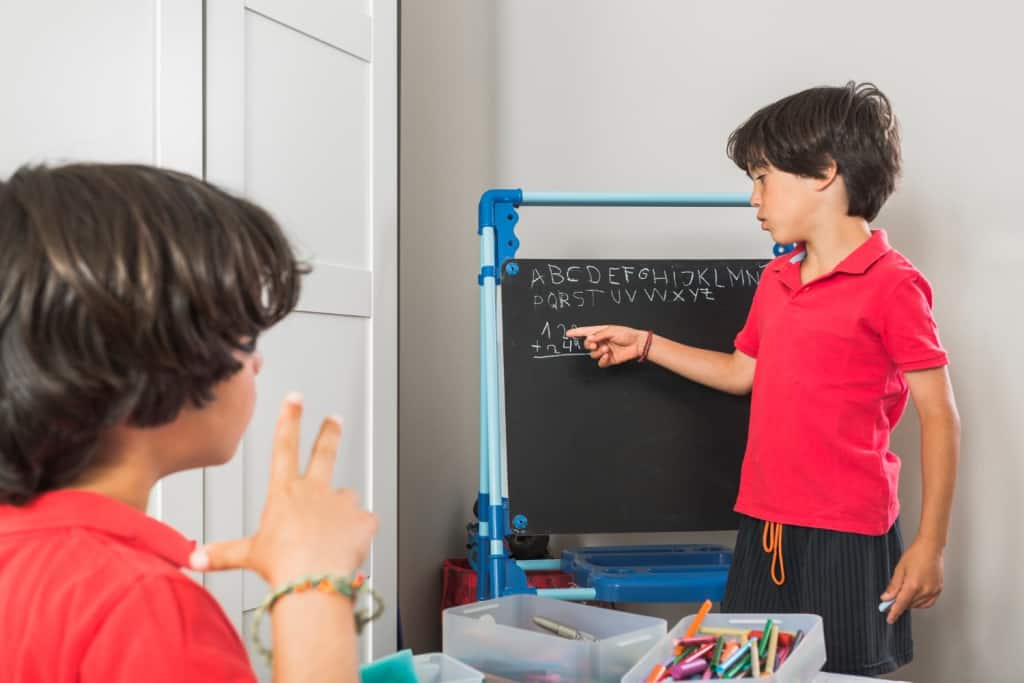
11/ Group Poster or Presentation
Assign groups a topic to research and create a poster or presentation about. Each group member has a specific role (e.g., researcher, presenter, visual designer). They work together to compile information and present it to the class.
12/ Debate Teams
Form debate teams where students must collaborate to research arguments and counterarguments on a particular topic. This encourages critical thinking and persuasive communication skills.
13/ Inside-Outside Circle
Students stand in two concentric circles, with the inner circle facing the outer circle. They engage in brief discussions or share ideas with a partner, and then one of the circles rotates, allowing students to interact with a new partner. This method facilitates multiple interactions and discussions.
14/ Cooperative Reading Groups
Divide students into small reading groups. Assign different roles within each group, such as a summarizer, questioner, clarifier, and predictor. Each student reads a portion of the text and then shares their role-related insights with the group. This encourages active reading and comprehension.
These cooperative learning strategies foster active participation, teamwork, critical thinking, and communication skills among students while making learning more engaging and interactive. Teachers can choose activities that best align with their learning objectives and the dynamics of their classroom.
Key Takeaways
Cooperative learning strategies are fantastic tools that make learning together not just educational but enjoyable too! By working with our classmates, we get to share ideas, solve problems, and learn in a super cool way.
And guess what? AhaSlides can make cooperative learning even more awesome! It's like adding a splash of magic to our group activities. AhaSlides helps students share their thoughts and quizzing in a fun and interactive way. They can all participate together, see each other's ideas, and learn in a really exciting way.
Ready to dive into this world of fun and learning? Explore AhaSlides templates and interactive features. Let's make our learning journey epic! 🚀
Frequently Asked Questions
What are the three cooperative learning strategies?
Think-Pair-Share, Jigsaw, Round Robin Brainstorming.
What are the strategies for cooperative learning in inclusive education?
Peer Editing and Revision, Role Play or Simulation, Cooperative Reading Groups.
What are the 5 key elements of cooperative learning?
Positive Interdependence, Face-to-Face Interaction, Individual Accountability, Interpersonal Skills, Group Processing.
What are cooperative vs. collaborative learning strategies?
Cooperative learning emphasizes group and individual achievement with structured roles. Collaborative learning focuses on teamwork and communication skills with more flexibility.
Ref: Smowl Tech | Teacher Academy


